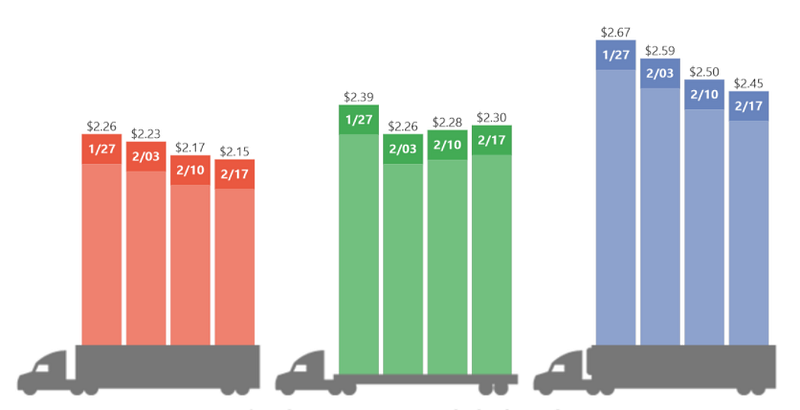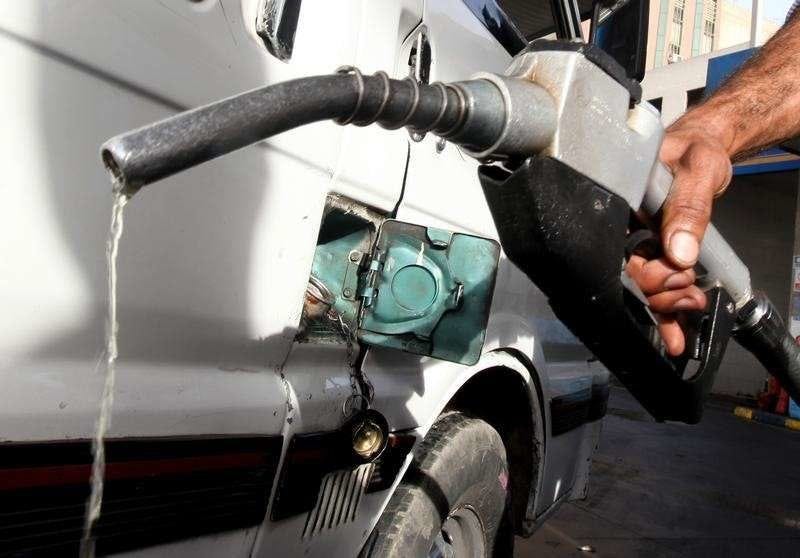COST STRUCTURE FOR TRUCK BUSINESS IN NIGERIA (1)

Cost structure in truck business simply means what percentage of cash flow from a truck should go to
fuel, driver, the truck itself, maintenance,
Insurance/tax/other fees and Yourself. The lack of proper understanding
and application of a cost structure is the beginning of the failure in
truck business. In my previous article (kindly read),
i said the nature of trucks and lack of proper (real-time) business
plan is the fundamental error that makes profit making in truck business
very difficult in Nigeria. However, it does not mean u cannot make
profit with the nature of trucks we use in Nigeria(or by extension
Africa), the only way to do so and still be in business is through the
application of the cost structure.
Let me break down the segment of the cost structure that needs quick
adjustment from your part or new application for those who are new into
the business.
Fuelling

Fuelling consumes the highest percentage of the cash flow in this business. It ranges between 30–35%
of the total bill. However, the Nigerian factor must come to play, the
driver will definitely pocket 10% of the fuel cost either through
selling of part of the fuel or buying less fuel (due to the poor quality
of fuel we see around please don’t encourage drivers to buy fuel for
your truck).
It is therefore advisable to stick to 35%
for fuelling. Please note that any job you intend to do that will make u
spend above 35% on fuelling,please kindly ignore it and forget it!
Drivers’ Salary

This aspect of cost structure is very sensitive and a little bit tactical. Ideally, the international best practices is for a driver to get between 26%-30% of the total cash flow per trip. However, the Nigerian environment is totally different. In Nigeria, most drivers do “return-loading” that sometimes generate more than the official cash flow per trip of the truck without the knowledge of the truck owners.
Some practitioners believe that Nigerian drivers should be placed on a
fixed salary per month, while others agree they should be placed on a
percentage that will not be more than 10% of the total revenue generated
by the truck per month (i.e without deducting expenses). Let us assume a
typical truck of 15–20tns generates N250,000 per month, the driver is
giving N25,000. The driver obviously will not complain because he knows
other ways he will get more than that money. The nature of money they
get also determines their greed level. Some have made the assertion that
no matter how much you pay a Nigerian truck driver they will not be
satisfied and will continue with their evil ways.
However, here is my take; drivers should be placed on a 20%
of the total revenue generated by the truck per month. You can as well
give them a threshold that they need to meet in order for them to get bonuses. For
example, if a truck makes above N300,000 per month he is entitled to 5%
bonus. All these will encourage efficiency and perhaps may reduce the
greed. You might also need to apply these procedures to reduce their bad
behaviour (kindly read).
I don’t totally agree in placing a driver on a fixed salary because i
believe it encourages laziness and it’s not good for the business. The
reason is that if the truck breaks down and couldn’t do much trips that
month, it simply means the driver will have to be paid his fixed salary.
Where will the fund come from? You might need to deep your hands in the
savings meant for other purposes which is not good for business.
In summary: Fuelling-35% and Driver Salary- 20% that leaves you with 45% to work with.
In the next article I will write on the concluding part of the cost
structure for truck business looking at what percentage should go to the
truck itself, maintenance,Insurance/tax/other fees and Yourself. Just
stay turned and cheers!
Thanks for your time as always.
Written by Ayoola Ashiru. Read more of his articles on http://ayoolaashiru.blogspot.com/


Comments
Post a Comment